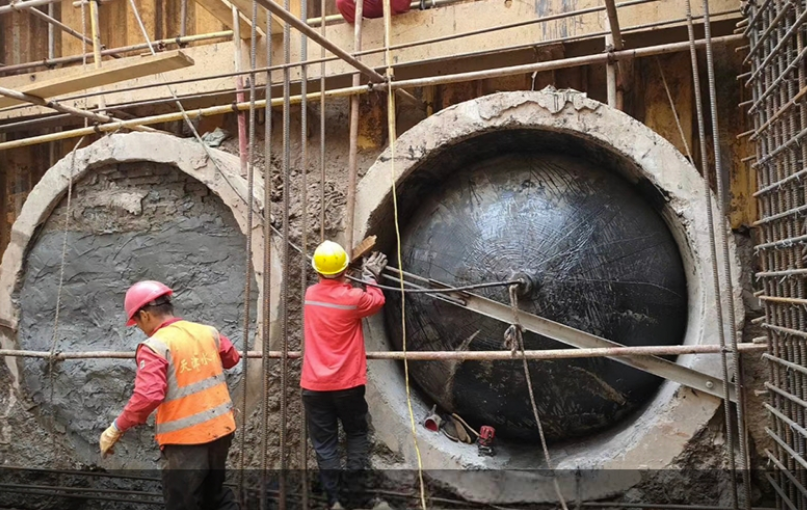Home < News < How to Choose the Right Inflatable Pipe Plug: A Guide to Pipe Diameter, Pressure & Media
How to Choose the Right Inflatable Pipe Plug: A Guide to Pipe Diameter, Pressure & Media
An inflatable pipe plug is an essential tool for a wide range of applications, from pipeline testing and maintenance to leak isolation and dewatering. Choosing the wrong plug, however, can lead to failure, project delays, or even dangerous blowouts. The key to a successful and safe operation lies in matching the plug to your specific job conditions.
This guide will walk you through the three most critical factors for selecting the correct inflatable pipe plug: Pipe Diameter, System Pressure, and Chemical Media.
The internal diameter (ID) of your pipe is the starting point for your selection. A plug that is too small won't create a seal, while one that is too large may not fit or could be damaged during installation.
l Know Your Exact Pipe Diameter: Precisely measure the inside diameter of the pipe. Do not assume the nominal pipe size (NPS) is accurate, as wear, scale, or debris can affect the actual ID.
l Select the Plug Size Range: Inflatable pipe plugs are designed to expand and seal within a specific diameter range (e.g., 8-10 inches). Always choose a plug whose range comfortably includes your measured pipe diameter. This ensures the plug can expand sufficiently to create a tight seal without being overstretched.
l Consider Pipe Condition: For pipes with rough interiors, heavy corrosion, or offsets at joints, you may need a plug with a wider sealing surface or a more robust and flexible material to conform to the imperfections.
Understanding the pressure dynamics is crucial for safety and performance. There are two primary pressure scenarios:
l Internal Pressure (Test Pressure): This is the pressure inside the plug used to inflate it and press the sealing elements against the pipe wall. The plug must have a sufficient maximum working pressure rating to withstand this.
l External Pressure (Head Pressure): This is the pressure from the fluid or gas on the outside of the plug that it is meant to hold back. This is often the differential pressure across the plug.
The substance inside the pipe—the media—will directly contact the plug's body and seals. Chemical incompatibility is a common cause of plug failure.
Identify the Media: What will the plug be exposed to? Common media include:
l Water (Potable, Wastewater, Seawater)
l Sewage and Sludge
l Chemicals (Acids, Alkalis, Solvents)
l Oil and Gas
Choose the Right Material: Inflatable pipe plugs are made from various elastomers and fabrics. The most common are:
l EPDM: Excellent for hot water, steam, and mild chemicals. A great all-around choice for municipal water and wastewater.
l Nitrile (NBR): Superior resistance to oils, fuels, and hydrocarbons. Ideal for industrial and petrochemical applications.
l Neoprene: Good general resistance to weather, ozone, and moderate chemicals. Often used in construction dewatering.
l Polyurethane: Extremely abrasion-resistant and tough, suitable for pipes with rough interiors.
Conclusion
Selecting the right inflatable pipe plug is not a guessing game. By systematically evaluating your pipe diameter, system pressure, and chemical media, you can make an informed decision that guarantees a safe, effective, and leak-tight seal. Investing time in the selection process protects your personnel, your pipeline assets, and the success of your project.
For specialized applications or if you are unsure, always consult with a qualified engineer or your pipe plug supplier for expert guidance.
